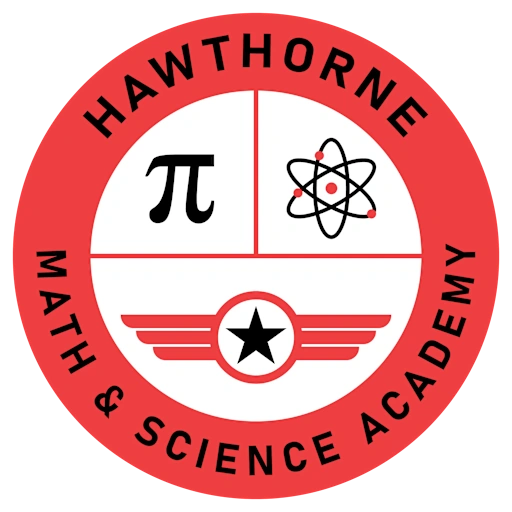Ready.Player.One
February 19, 2016
Okay, I’ll be totally honest, at first I was seduced by the hype surrounding the 1980’s pop culture references guaranteed to make certified fangirls and fanboys (no discrimination in these here parts) quake like Quakers in church. Ready. Player. One is ambitious drive through memory lane that went over a cliff, into a pit of fire,and into a crowded Walmart (but then again when is Walmart not crowded. L-O-L).

Ernest Kline’s Ready. Player. One follows eighteen-year old Wade Watts.It’s the year 2040 and the world is a hot-mess, (Think Trump’s America. Yeah, I know) and Global Warming is a full on reality. The only escape is Oasis—a virtual utopia made free to all. Wade and people all over the world devote themselves to cracking three digital Easter eggs hidden within Oasis—puzzles based on late Oasis creator’s obsession with the 1980’s pop culture. The winner who finds all Easter eggs receives control of the billion dollar empire of Oasis. Now, claws replace game controllers as everyone fights for the ultimate prize. Suddenly, a wild Morgan Freeman voice appears and says, “ Ready. Player. One.” (I’m trying to be funny. Morgan Freeman doesn’t anywhere appear in the novel. Promise.)
For first half of the novel, my anticipation wore off faster than a caffeine high. The writing was basic enough, but relied on the name dropping of 1980’s pop culture references. Major problem: Kline failed to find any real way for these references to tie into the overall plot. The whole novel is a name-drop mosh pit. Every page Kline jammed references by pointing out how something looked like an item on a T.V. show or movie to only then carry the reference to cringe worthy extremes such as describing the DeLorean DMC-12 used in Back to the Future covered with Ghost Buster logos. Like please stop. This is getting ridiculous real fast. Once the reference was made it serve no real purpose other than to make thirty-something year-olds squeal in their faded fandom shirts and thrift shop chairs. Kline tried to explain the fandoms and references so younger audience can also enjoy but ultimately sacrificed an awesome novel for a novel convoluted with info dump and I didn’t want to wade through that (haha. “wade through” it’s funny because it’s the main character’s name… sigh. I’m sorry). A major pitfall when trying to broaden your reading demographic.
For every ‘I was born in the wrong decade’ I recoil in aggravation. In all honesty, the idea that in the year 2040 people would still be huddling up playing Donkey Kong on Nintendo 64’s, drives me mad to no end and frankly saddens me. I understand Wade and other characters had to study 80’s pop culture in order to crack the clues, but still. 1980’s pop culture is propped onto a pedestal (Don’t even deny) and frankly, I can’t wait until people appreciate the here and now. In the same vein, Kline is conflicted on how he portrays OASIS. In one hand he builds it up to be a gamer’s utopia, but also a ‘drug’ to distract users from current harsh realities. Kline does touch on isolation caused by constant online connection but shallowly. Even though Wade was kicking virtual b-u-t-t in Oasis, offline he severely underweight, pale, and holed up in a hotel room; however, deep-subject matter isn’t required for a better novel, but let’s be honest deep subject matter does make us thoughtfully scratch our chin and roll over in our water beds.
Ready. Player. One. wasn’t ‘burn it with the fire of a thousand dragons’ bad, but the novel doesn’t surpass the hype. It will not make your eyes roll to the back of your head or twerk in joy. If you really want to level up , the novel has an AR lvl of 6.7 with a whopping 23 AR points. If you do decide to read this book—suddenly a Morgan Freeman appears and says, “ Ready. Reader. One!”


